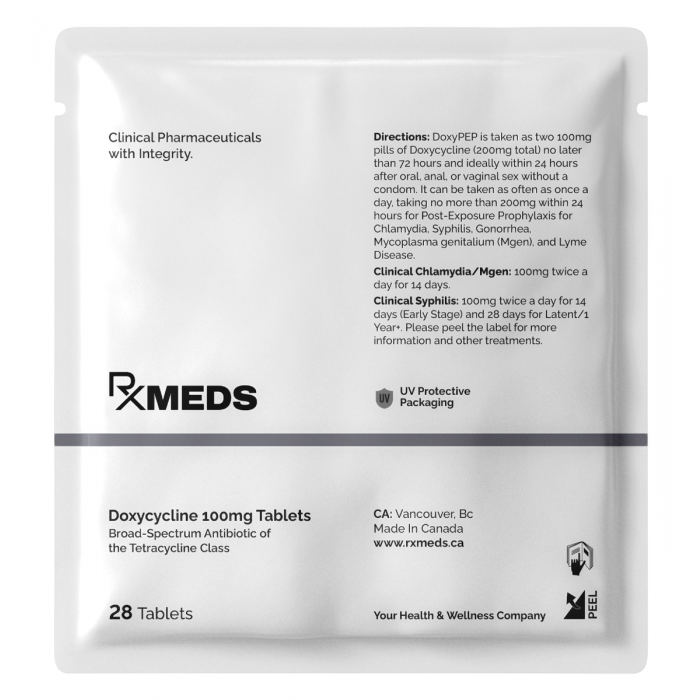 |
|
5 Customer Review
I’m thrilled with the results of this product! My Metformin arrived incredibly fast, the discreet packaging was perfect!
Checkout using your account
Checkout as a new customer
Creating an account has many benefits:

In stock
Scrub typhus is an infectious disease caused by Orientia tsutsugamushi, transmitted through the bite of infected chiggers (larval mites). The condition primarily affects people in rural areas of East Asia, South Asia, and the Pacific Islands, where these mites are commonly found in vegetation and areas with heavy foliage. If untreated, scrub typhus can lead to severe complications, including multi-organ failure, respiratory distress, and even death. Prompt and effective antibiotic treatment is essential for reducing symptoms and preventing complications.
Doxycycline is considered the first-line treatment for scrub typhus and all other rickettsial infections due to its effectiveness, rapid action, and generally well-tolerated safety profile. It is a broad-spectrum tetracycline antibiotic that inhibits bacterial protein synthesis, leading to the arrest of bacterial growth. Doxycycline’s advantages in treating scrub typhus include a rapid reduction of fever and symptom relief within 48 hours of initiation. In most cases, the response to doxycycline is highly favorable, significantly reducing mortality rates associated with scrub typhus.
Doxycycline works by binding to the bacterial 30S ribosomal subunit, blocking the attachment of aminoacyl-tRNA to the mRNA-ribosome complex. This inhibition prevents protein synthesis and thereby suppresses bacterial growth. Doxycycline has a broad spectrum of activity against rickettsial organisms, including O. tsutsugamushi, making it a highly effective choice for scrub typhus.
Doxycycline remains the cornerstone of scrub typhus treatment due to its effectiveness, rapid action, and suitability for all age groups. Given promptly, it provides quick relief of symptoms and prevents the progression to severe complications. The standard dosage is 100 mg every 12 hours for adults, or 2.2 mg/kg for children every 12 hours, with a typical treatment duration of 5 to 7 days, continuing until symptoms resolve. Regular monitoring, especially for patients with severe symptoms, ensures the best outcomes, minimizing risks associated with untreated scrub typhus.